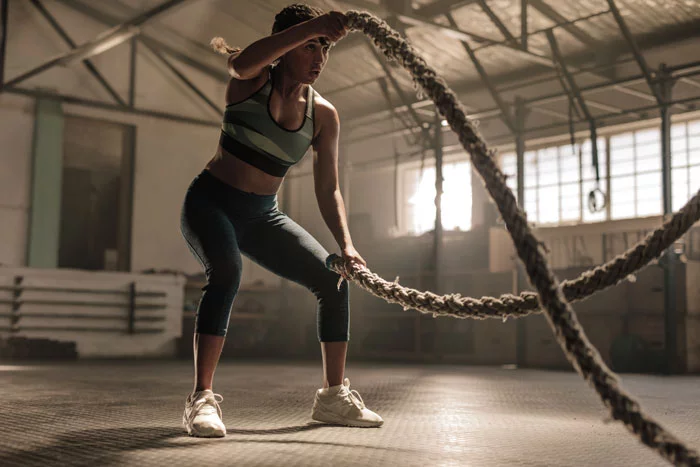Strains and sprains
Strains and sprains are similar injuries, causing bruising, swelling and pain to the affected area, but there is a difference between them. A sprain is an injury to the bands of tissue that connects bones. A strain is an injury to the muscle or the band of tissue that connects muscle to bone.


Common types of strains and sprains
Strains
A muscle strain is an injury to a muscle or a tendon, the fibrous tissue that connects muscles to bones. A strain is also commonly called a pulled muscle. A minor strain may simply be an overstretching of a muscle or tendon, while a serious strain has partial or complete tears in the tissue.
The most common types we treat:
- Lower back muscles
- Hamstring muscle
Sprains
A sprain happens when you overextend or tear a ligament while stressing a joint, such as falling and twisting, which commonly happens when playing sports.
The most common types we treat:
- Ankle
- Knee
- Thumb
- Wrist
Common causes of strains and sprains
Strains
Certain parts of the body are more susceptible to strains in certain sports:
- Legs and ankles. Sports that feature quick starts and jumping, such as basketball, can be tough on the Achilles tendon.
- Hands. Gripping sports, such as gymnastics or golf, can increase your risk.
- Elbows. Elbow strains are often caused by throwing and racquet sports.
Acute strains can be caused by one event, while chronic muscle strains can occur from repetitive injuries when you stress a muscle by doing the same motion over and over.

Sprains
Sprains often occur from playing sports, but everyday activities can cause a sprain in these joints:
- Ankle. Walking or exercising on an uneven surface, or by landing awkwardly from a jump.
- Knee. Pivoting during an athletic activity.
- Wrist. Landing on an outstretched hand during a fall.
- Thumb. Overextension when playing racquet sports, or from a fall while skiing, which we see often at our urgent care locations because we’re in Colorado.
References
Orthoinfo: American Academy of Orthopaedic Surgeons. Sprains, Strains and Other Soft-Tissue Injuries (https://orthoinfo.aaos.org/en/diseases–conditions/sprains-strains-and-other-soft-tissue-injuries/)
National Institute of Arthritis and Musculoskeletal and Skin Diseases (NIAMS). Sports Injuries (https://www.niams.nih.gov/health-topics/sports-injuries)


